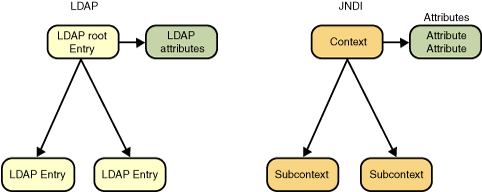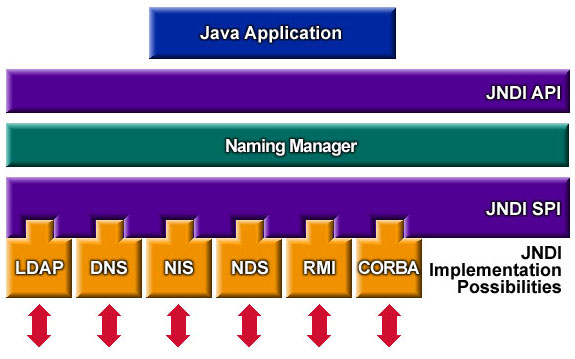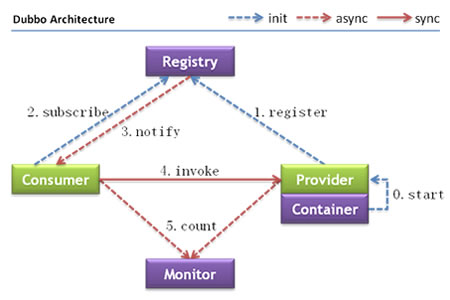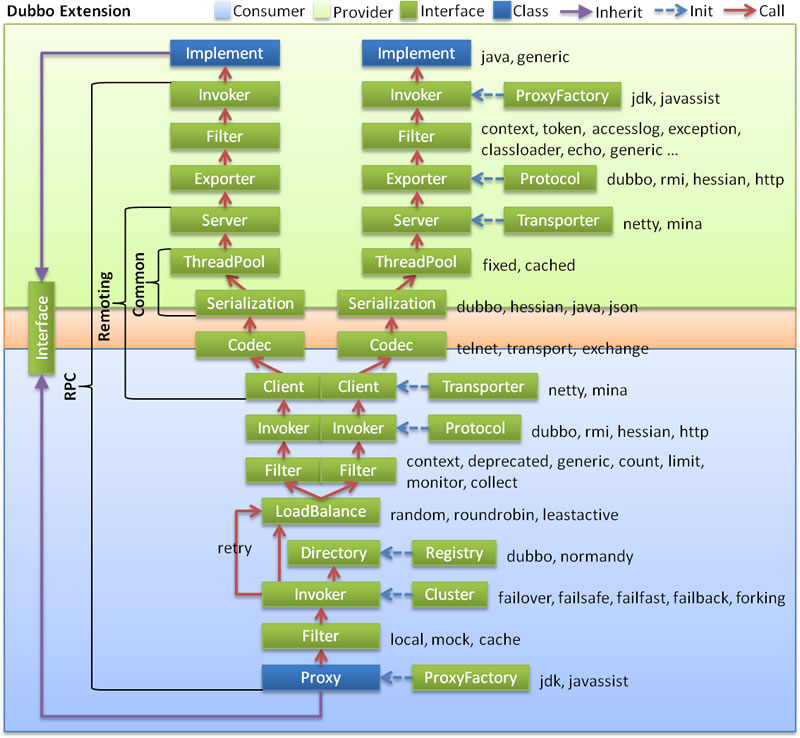通讯流程图,其中EJB扮演了client2的角色
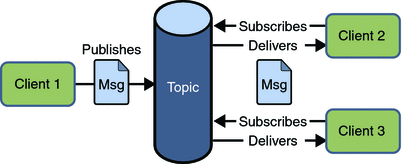
首先是Server端的开发及设置:
1、增加一个用户:
bin\add-user.bat
用户名密码随便,但要属于guest组
2、启动Server
standalone.bat -server-config=standalone-full.xml
3、新建Topic
jboss-cli.bat --connect jms-topic add --topic-address=neoTopic --entries=topic/neoTopic,java:jboss/exported/jms/topic/neoTopic
4、新建java项目
4.1、写一个TopicBean
MessageTopicBean .java
package com.neohope.ejb.test;
import javax.ejb.ActivationConfigProperty;
import javax.ejb.MessageDriven;
import javax.jms.JMSException;
import javax.jms.Message;
import javax.jms.TextMessage;
/**
* Created by Hansen
*/
@MessageDriven(mappedName = "MessageTopicBean",activationConfig = {
@ActivationConfigProperty(propertyName = "destinationType", propertyValue = "javax.jms.Topic"),
@ActivationConfigProperty(propertyName = "destination", propertyValue = "topic/neoTopic"),
@ActivationConfigProperty(propertyName = "acknowledgeMode", propertyValue = "Auto-acknowledge")
})
public class MessageTopicBean implements javax.jms.MessageListener {
public MessageTopicBean() {
}
@Override
public void onMessage(Message message) {
try {
System.out.println("MessageTopicBean.onMessage invoked");
if(message instanceof TextMessage)
{
TextMessage textMessage = (TextMessage)message;
System.out.println("Message: " + textMessage.getText());
}
else
{
System.out.println("Message is not a TextMessage");
}
}
catch (JMSException e) {
e.printStackTrace();
}
}
}
4.2、打jar包,或者自己压缩为TestEJBServer.jar
5、新建一个ear项目
5.1增加application.xml文件
<?xml version="1.0" encoding="UTF-8"?>
<application xmlns="http://java.sun.com/xml/ns/javaee"
xmlns:xsi="http://www.w3.org/2001/XMLSchema-instance"
xsi:schemaLocation="http://java.sun.com/xml/ns/javaee http://java.sun.com/xml/ns/javaee/application_6.xsd"
version="6">
<description>EAR Test</description>
<display-name>EAR Test</display-name>
<module>
<ejb>TestEJBServer.jar</ejb>
</module>
<library-directory>lib</library-directory>
</application>
5.2打ear包,或自己压缩为TestEar.ear
5.3TestEar的结构为:
│ TestEJBServer.jar
│
├─lib
└─META-INF
application.xml
6.通过EAP进行部署
到这里服务端已经完成了。
然后是客户端的设置:
1、通过Topic方式访问
package com.neohope.ejb.test;
import javax.jms.*;
import javax.naming.Context;
import javax.naming.InitialContext;
import javax.naming.NamingException;
import java.util.Hashtable;
/**
* Created by Hansen
*/
public class TestTopicBean {
public static void main(String[] args) throws NamingException, JMSException {
final Hashtable jndiProperties = new Hashtable();
jndiProperties.put(Context.INITIAL_CONTEXT_FACTORY, "org.jboss.naming.remote.client.InitialContextFactory");
jndiProperties.put(Context.PROVIDER_URL, "remote://localhost:4447");
final InitialContext ctx = new InitialContext(jndiProperties);
TopicConnectionFactory factory = (TopicConnectionFactory) ctx.lookup("jms/RemoteConnectionFactory");
TopicConnection connection = factory.createTopicConnection("user001", "user001#");
TopicSession session = connection.createTopicSession(false, TopicSession.AUTO_ACKNOWLEDGE);
Topic topic = (Topic) ctx.lookup("jms/topic/neoTopic");
TextMessage msg = session.createTextMessage("Topic Test Message");
TopicPublisher publisher = session.createPublisher(topic);
publisher.publish(msg);
session.close();
connection.close();
}
}
2、通过MessageProducer方式访问
package com.neohope.ejb.test;
import javax.jms.*;
import javax.naming.Context;
import javax.naming.InitialContext;
import javax.naming.NamingException;
import java.util.Hashtable;
/**
* Created by Hansen
*/
public class TestTopicBean {
public static void main(String[] args) throws NamingException, JMSException {
final Hashtable jndiProperties = new Hashtable();
jndiProperties.put(Context.INITIAL_CONTEXT_FACTORY, "org.jboss.naming.remote.client.InitialContextFactory");
jndiProperties.put(Context.PROVIDER_URL, "remote://localhost:4447");
final InitialContext ctx = new InitialContext(jndiProperties);
ConnectionFactory connectionFactory = (ConnectionFactory) ctx.lookup("jms/RemoteConnectionFactory");
Destination destination = (Destination) ctx.lookup("jms/topic/neoTopic");
Connection connection = connectionFactory.createConnection("user001", "user001#");
Session session = connection.createSession(false, Session.AUTO_ACKNOWLEDGE);
MessageProducer producer = session.createProducer(destination);
connection.start();
TextMessage msg = session.createTextMessage("Topic Test Messagee");
producer.send(msg);
session.close();
connection.close();
}
}
